First published July 2023 | Words and photos by Vietnam Coracle | 2 comments

Tom Divers is the founder and creator of Vietnam Coracle. He’s lived, travelled and worked in Vietnam since 2005. Born in London, he travelled from an early age, visiting over 40 countries (he first visited Vietnam in 1999). Now, whenever he has the opportunity to make a trip, he rarely looks beyond Vietnam’s borders and his trusty motorbike, Stavros. Read more about Tom on the About Page, Vietnam Times and ASE Podcast.
Deep in the mountains, jungles and waterways of remote north-central Vietnam, lie two enigmatic historical sites in a state of romantic decay. The origin and date of Yên Hòa Tower and Phủ Tương Gate remain a mystery: no surviving documentation mentions either site. It seems that the details of these two curious, photogenic sites are lost to history. Most of what is ‘known’ about Yên Hòa Tower and Phủ Tương Gate is passed down through oral tradition. Both sites are likely many centuries old and related to the region’s long history as an inland crossroads of goods and culture between modern-day Vietnam, Laos, northern Thailand, southern China and eastern Myanmar. There’s a profound sense of history at both sites, enhanced by the mystery of their origins, the absence of any visitors or infrastructure, and the majesty of the surrounding landscape. The history of these sites will likely continue to be unraveled as Vietnam pours more money and resources into researching its ancient past.

Please Support Vietnam Coracle
Make a donation or become a patron if you enjoy this website. Vietnam Coracle is totally free & independent. I don’t receive payment for anything I write.
Thank you, Tom

[Back Top]
YEN HOA TOWER & PHU TUONG GATE
Two Enigmatic Historical Sites in Remote North-Central Vietnam
Both sites are located in western Nghệ An, a north-central province largely overlooked by travellers but rich in natural beauty. Although the sites are relatively unknown, they are both quite easily accessible for travellers with their own wheels. Yên Hòa Tower and Phủ Tương Gate are best visited as stops on the fabulous Mường Lống Loop or if you have a specific interest in Vietnamese history and archaeology. There’s no entrance fee for either site. Please note that, although I am technically a history graduate, I’m certainly not an historian of Southeast Asian antiquity: all historical details in this article are based on my reading and understanding of available sources and conversations with people, as well as my own conjecture. I appeal to anyone who can offer more information or insight into these historical sites to do so, either in the comments section or via email: vietnamcoracle@gmail.com
CONTENTS:
*Please Note: Historical information in this article is based only on my limited reading & understanding of various sources & conversations with people: I am not an historian & I cannot vouch for the accuracy of historical details in this article.

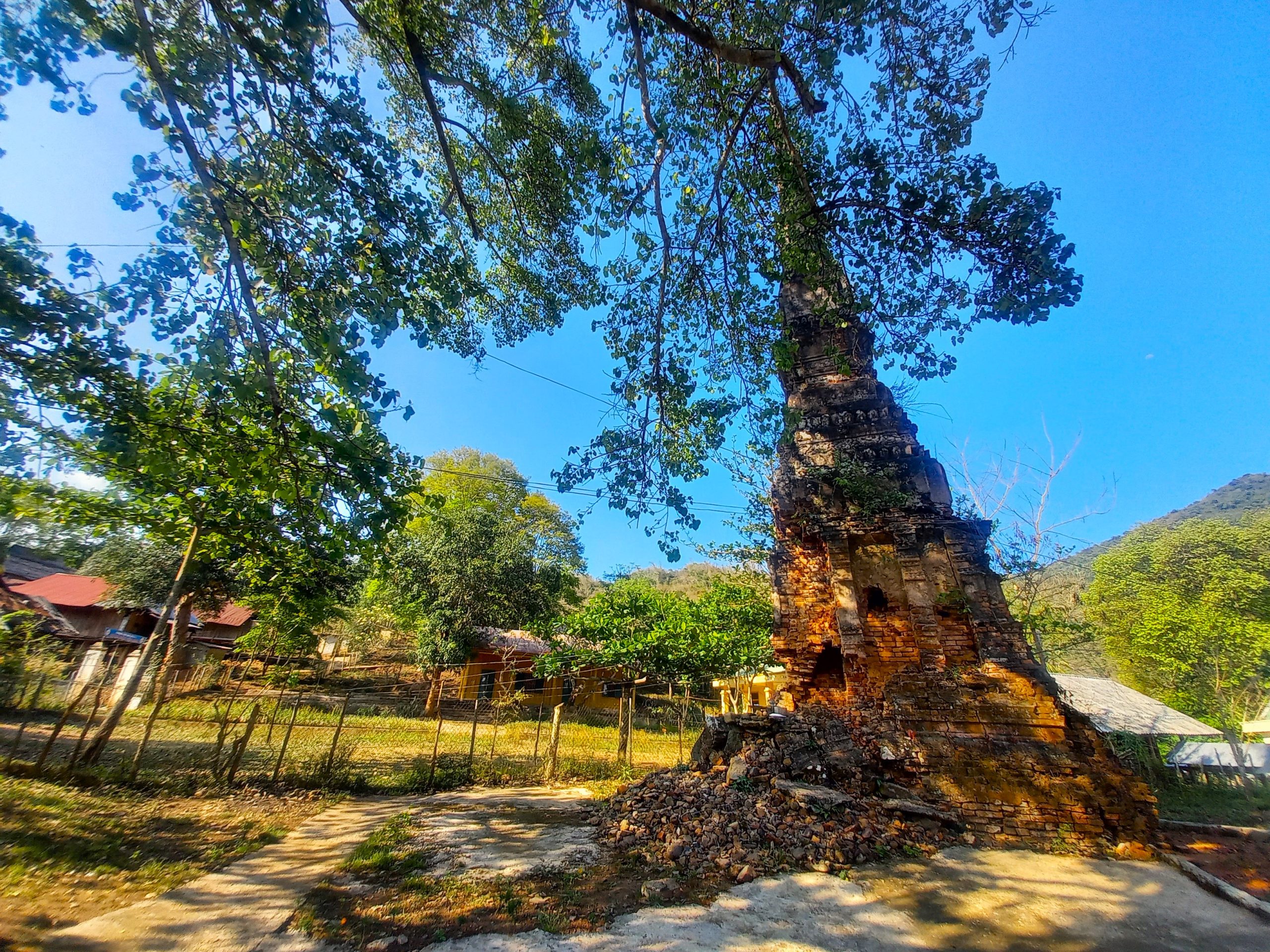
MAP:
Yên Hòa Tower & Phủ Tương Gate | Nghệ An Province
YEN HOA TOWER:
[View Map]
Across a narrow suspension bridge high above the broad sweep of a brown river, deep in the mountains and valleys close to the Lao border in the remote northwestern corner of Nghệ An Province, lies the wooden hamlet of Yên Hòa. Surrounded by jungle, dozens of stilt timber homes dot the hillside, mostly inhabited by ethnic minorities groups, such as the Thái. Tucked away at the edge of the hamlet, shaded by a wide-canopied Bodhi tree with a small Buddhist altar filling the humid air with fragrant incense, is a red-brick tower pointing toward the blue sky.
The tower, known to locals simply as Tháp Cổ Yên Hòa (The Ancient Tower of Yen Hoa Village) is almost 30m high, tapering to a peak from its square base of 4.5m wide. In a state of romantic ruin, the tower looks like something from an Indiana Jones movie. Plants grow out of the brickwork like miniature hanging gardens, insect nests thrive in the stone overhangs, holes bore into the structure from looters, and part of the base has caved in, causing the tower to lean severely to one side. Indeed, the only information sign at the site reads: Khu Vực Nguy Hiểm: Tháp Sắp Đổ (Danger: The Tower Is About To Collapse).

The origin and date of construction of Yên Hòa Tower remain a mystery. There are no surviving documents referring to the tower, but local oral tradition claims it dates from the 11th century, when there was also a Buddhist temple and community located here. However, more sober academic estimates suggest an age of 300-400 years, based on analysis of building materials and techniques used. The tower is constructed from red terracotta bricks, similar to the Cham towers found across central and south-central Vietnam, such as those at Mỹ Sơn and Vijaya. There’s no doorway or entrance to the tower, but intricate carvings of floral patterns and motifs, and elaborate reliefs depicting Buddhist scenes and imagery, suggest this is a Theravada Buddhist structure, which is the branch of the Buddhism followed by neighbouring Laos, Cambodia and Thailand, but not Vietnam, which generally practices Mahayana Buddhism. Small, very fine bronze Buddha statuettes were hidden within the tower, many looted by robbers in the 1980s (an extremely difficult time for Vietnam economically). The marks and holes created by the robbers are clearly visible on the structure today.
Yên Hòa Tower is an anomaly: there is no similar architectural relic to be found anywhere else in Nghệ An Province. Although the history of the tower remains unexplained, it is still considered sacred by many local people in the village. It’s hoped there will be restoration efforts in the near future. For now, the only existing infrastructure at the site is a small concrete pathway, a wire mesh fence and a ‘danger’ notice. Funding issues are delaying research and renovation, and the tower could collapse at any moment.



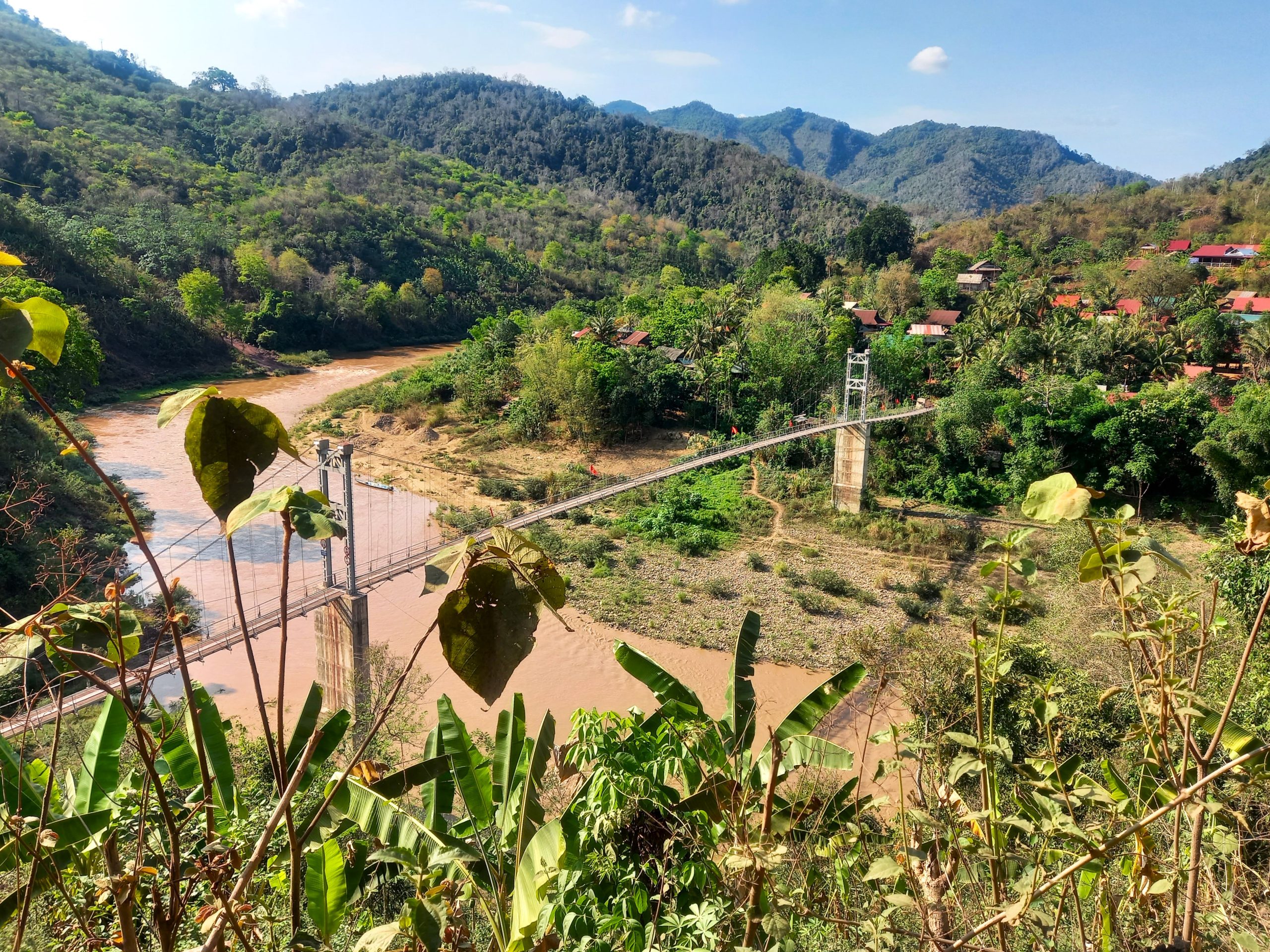

PHU TUONG GATE:
[View Map]
Located at an intersection of roads and rivers in Tương Dương District lies another enigmatic ancient relic in western Nghệ An Province, on the way to the Lao border. The confluence of the Nậm Mộ and Nậm Nơn rivers is a natural crossroads and an ancient ‘hub’ of sorts, where river trade once attracted Vietnamese, Chinese, Lao and Thai people to the region. The coming together of the two rivers, flowing from the highlands in Laos, represents the ‘birth’ of the Lam River, the region’s most important waterway, which is navigable all the way to the ocean, near Vinh, where it empties into the East Sea. On the north bank, at the point where the two rivers converge, stands a solitary gateway facing the water. Abandoned long ago, the gate should have crumbled to the ground by now, but a banyan tree took root on the crest of the gateway; its twisting trunks, branches and vines act like supports and buttresses, holding the brickwork in place and preserving the archway intact.

So intertwined are the tree and the gate that it’s as if the two were created together by design in an ancient example of biophilic architecture. Neither the gate nor the tree would be as impressive without the other. The gate’s origin and date of construction are lost to history. Just as with Yên Hòa Tower, no documentation has yet been found that refers to Phủ Tương Gate (Cổng Phủ Tương). But the gate must date back hundreds of years; even the banyan tree, in order to grow as it has, must be centuries old. A clue might lie on the opposite bank of the river, where Cửa Rào Temple (Đền Vạn Cửa Rào) marks the burial site of Đoàn Nhữ Hài, a writer and general of the Trần Dynasty who died in battle fighting Lao forces here in 1335.
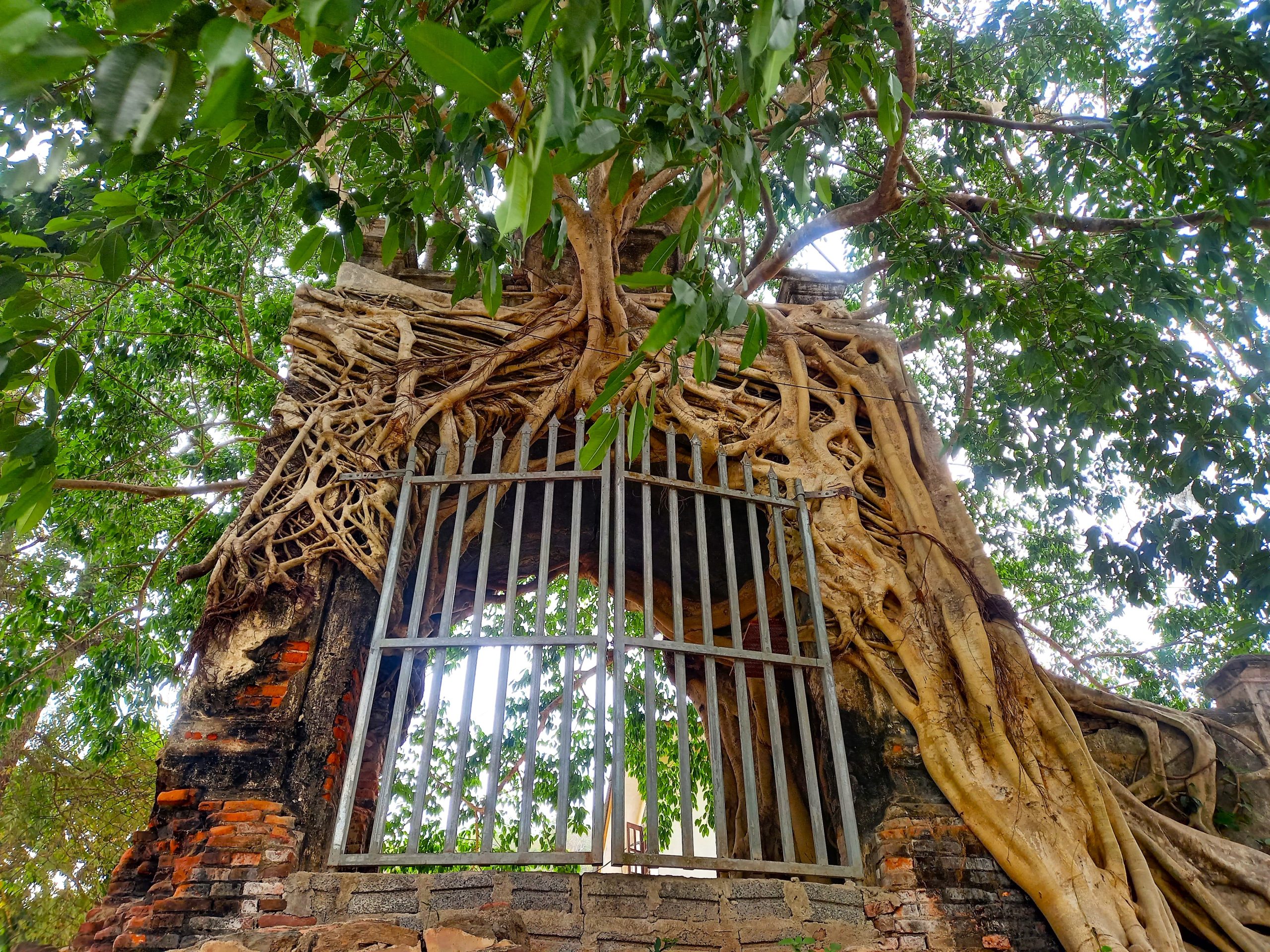
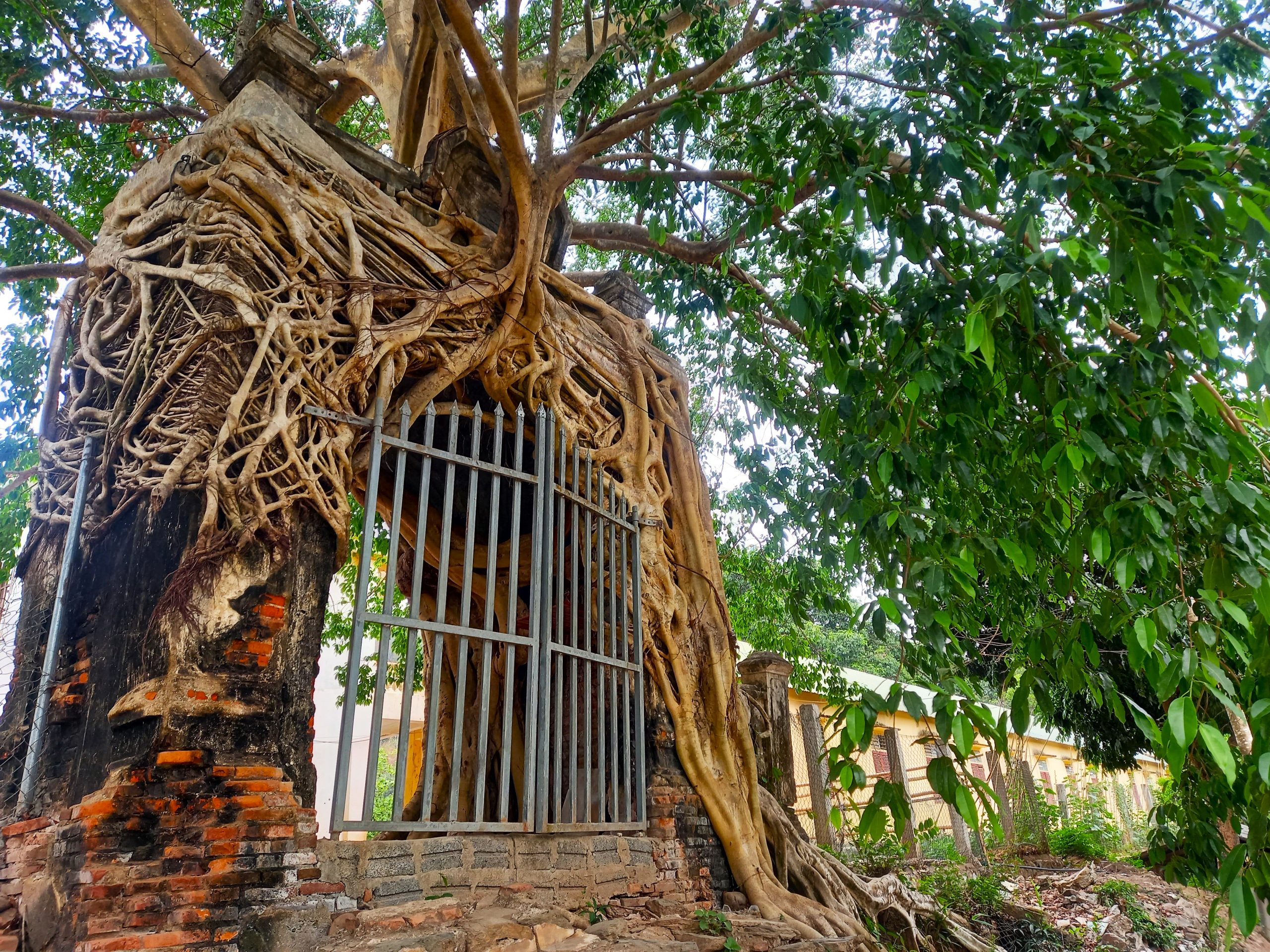
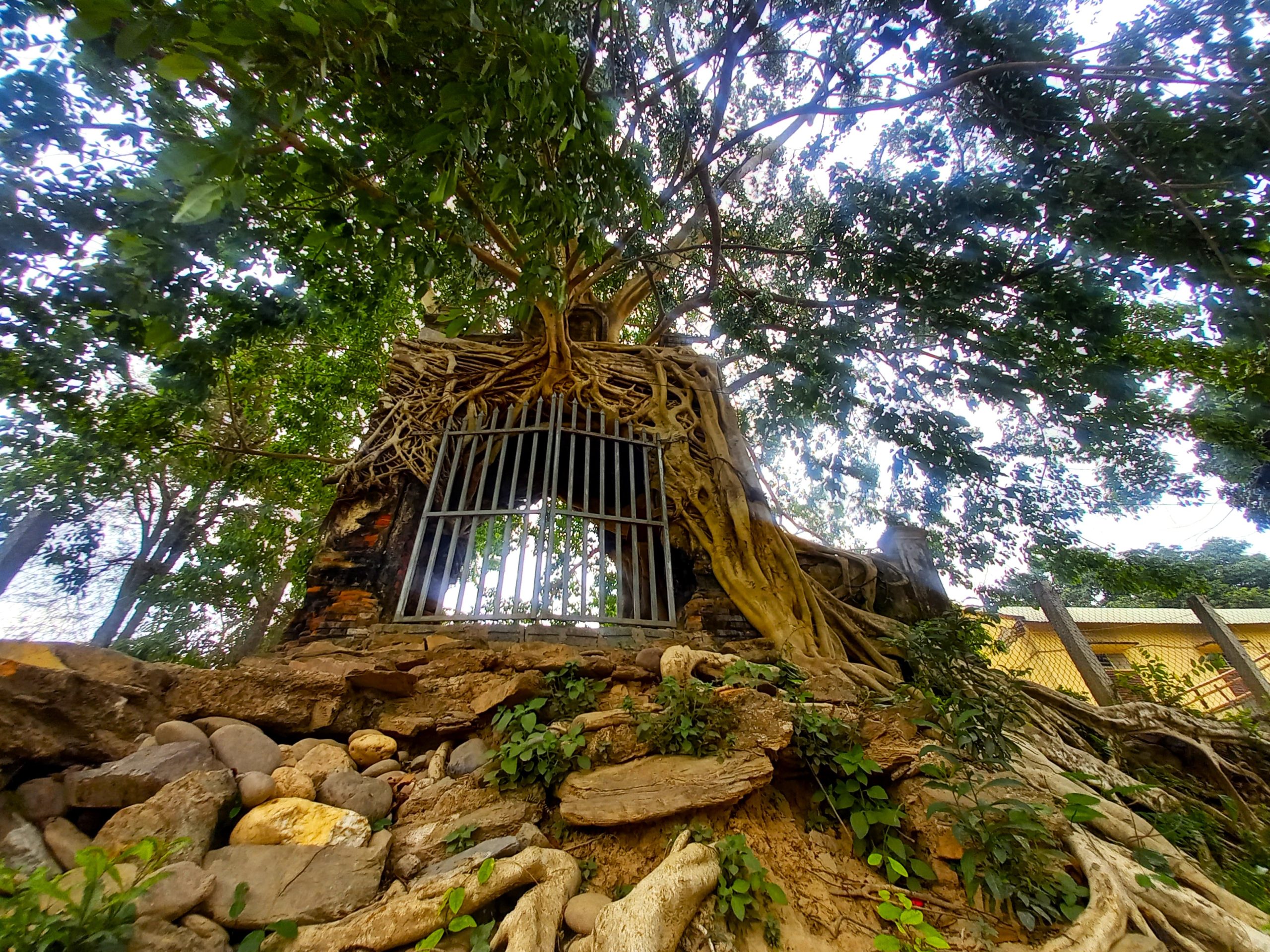
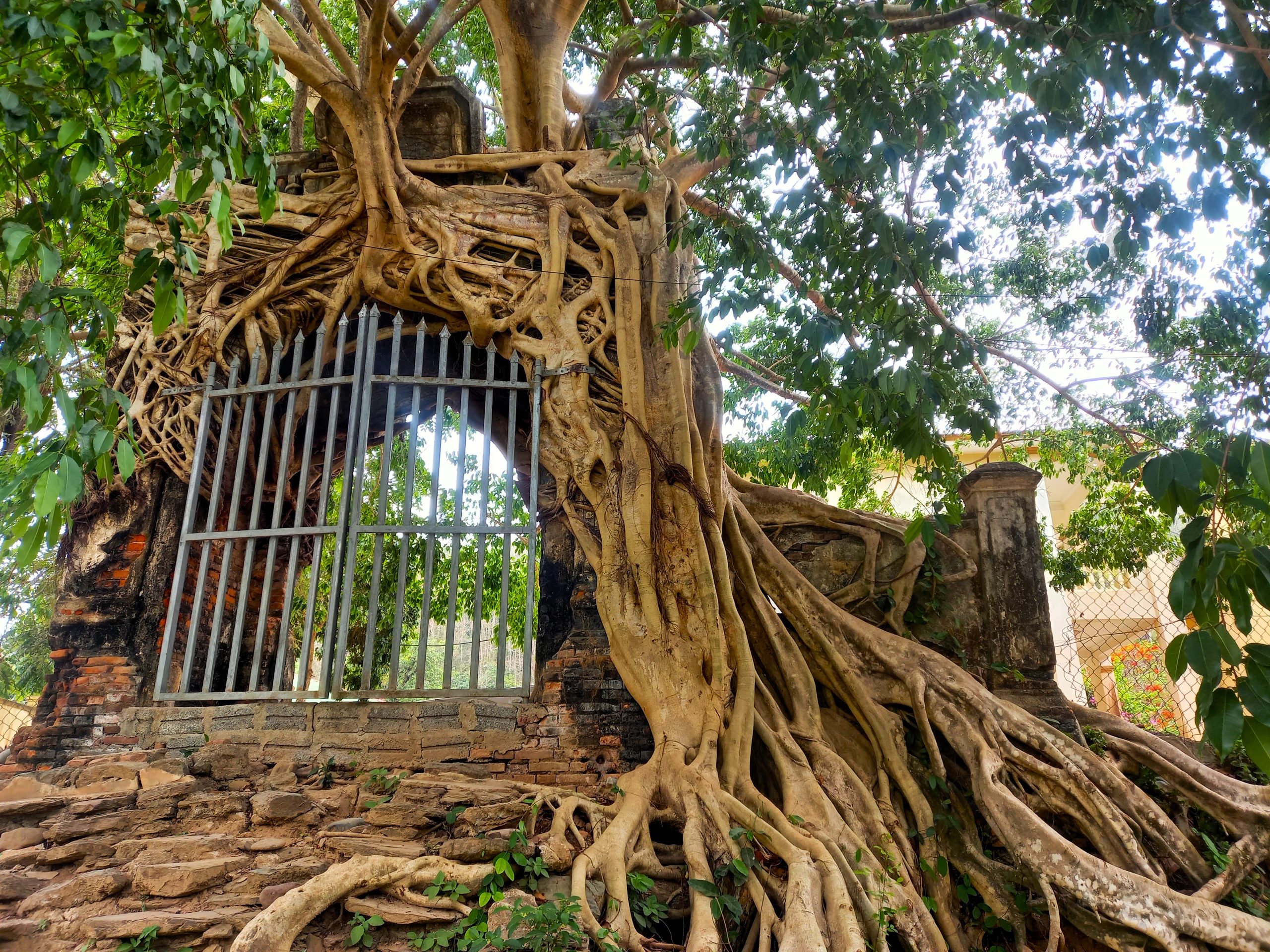

WHERE TO STAY:
Both sites as relatively remote and quite far from major towns or tourist centres. However, there are still accommodation options within reach of Yên Hòa Tower and Phủ Tương Gate. The latter is nearby a small riverside town called Hòa Bình, where there are a couple of local guest houses and mini-hotels on the main road (QL7A). Khách Sạn Hòa Bình is a big hotel and fine for a night, just 6km from Phủ Tương Gate. Yên Hòa Tower is much more remote. There are one or two local homestays in the village where the tower is located. Guests sleep on mattresses on the floor beneath mosquito nets in wooden stilt houses. However, these homestays are very unfamiliar with foreign guests. Alternatively, travel the beautiful road due south to Mường Lống village, where several homestays, including Phú Vân Farmstay, are located, as well as the upmarket Eco Garden Resort. Mường Lống makes a good base for exploring the tower and the region in general.

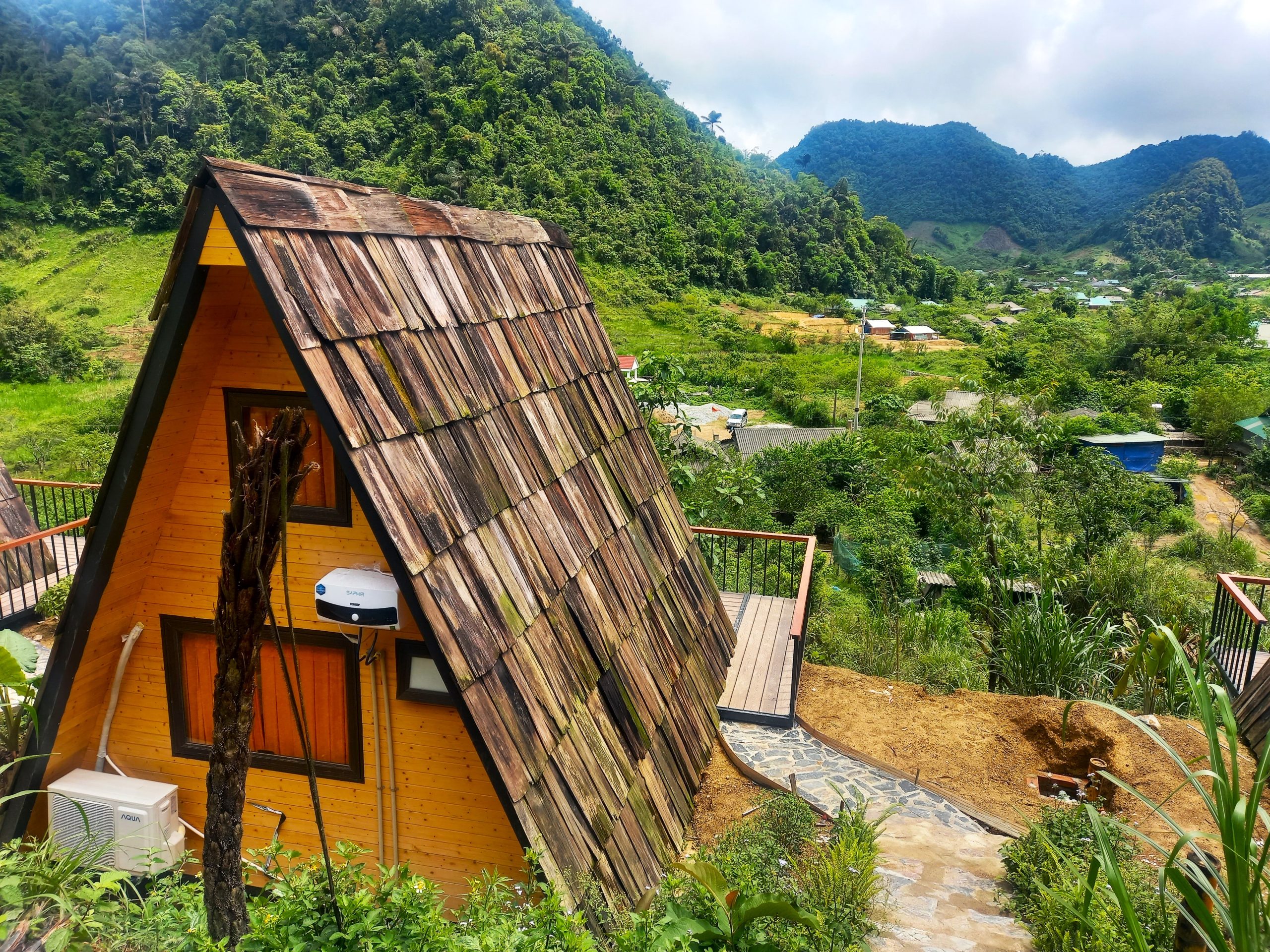
HOW TO GET THERE:
Phủ Tương Gate is 175km west of Vinh, and Yên Hòa Tower is a further 90km due west and north of that. Both sites can be reached by road if you have your own wheels, and getting there is half the fun because the roads are good and the scenery is fantastic. (Both sites are part of the excellent Mường Lống Loop.) Phủ Tương Gate is a fairly straightforward drive on QL7A following the Lam River until an intersection just after Hòa Bình town. Take a bridge across the river and bear left into a small hamlet, then weave your way through back alleys to the location of the gate marked on my map. To get to Yên Hòa Tower involves a spectacular drive on the Tây Nghệ An Road and then a small dirt road (which is highly likely to be paved by the time you read this) to the remote hamlet of Yên Hòa, which is accessed via a photogenic suspension bridge across a river. In the village, follow the small lanes to the location of the tower marked on my map.
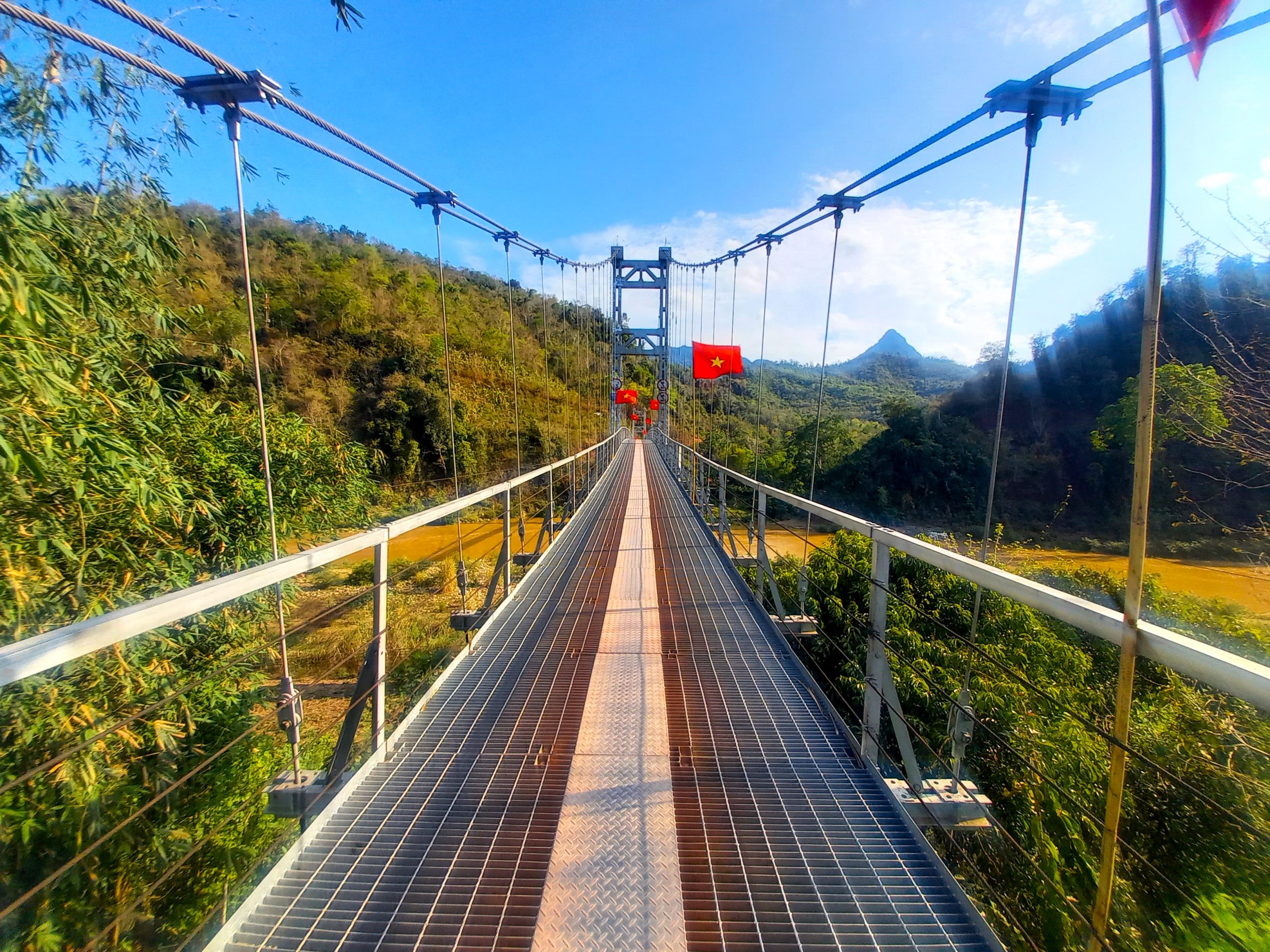
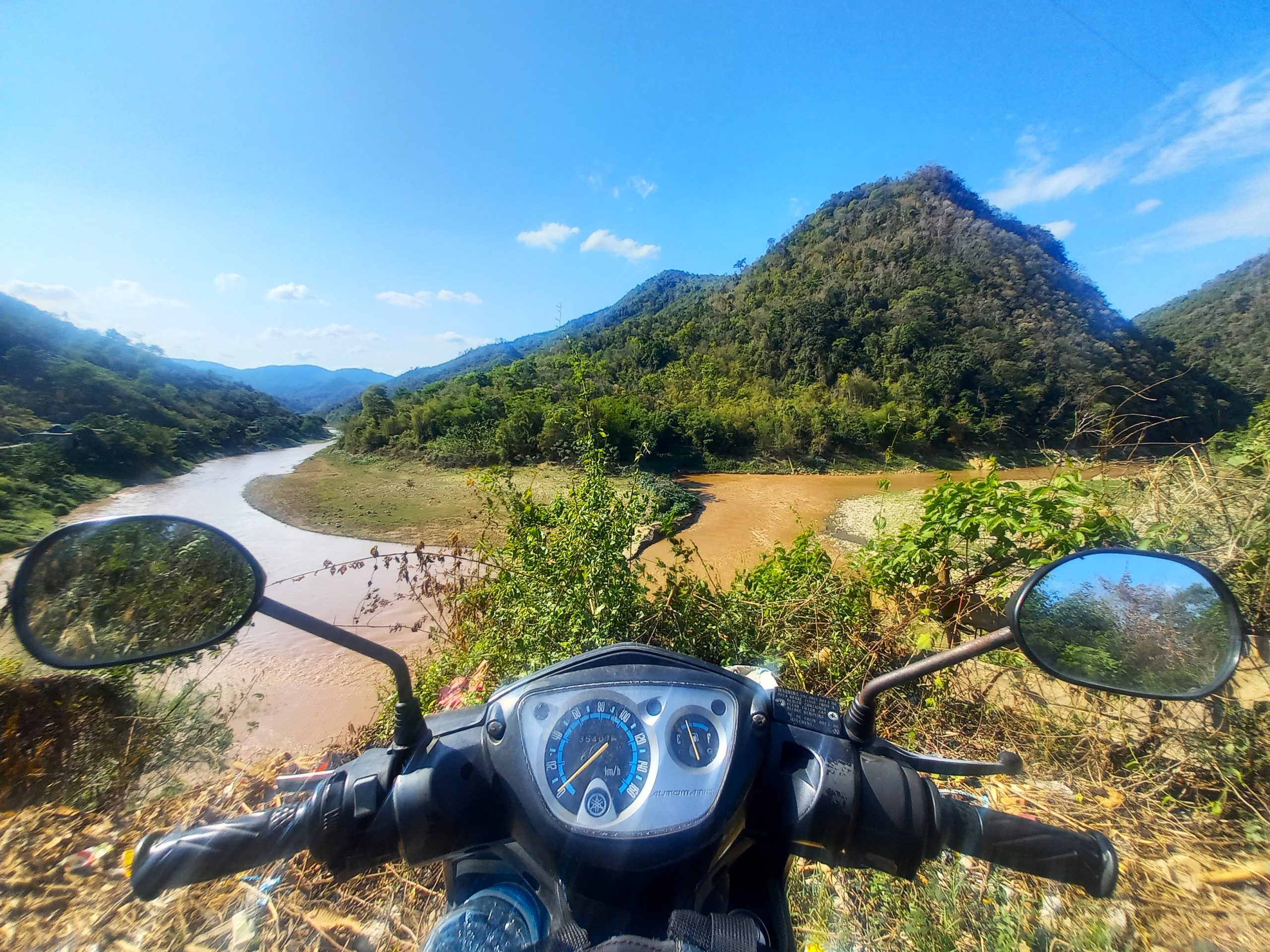
*Disclosure: I never receive payment for anything I write: my content is always free and independent. I’ve written this guide because I want to: I like these historical sites and I want my readers to know about them. For more details, see my Disclosure & Disclaimer statements and my About Page

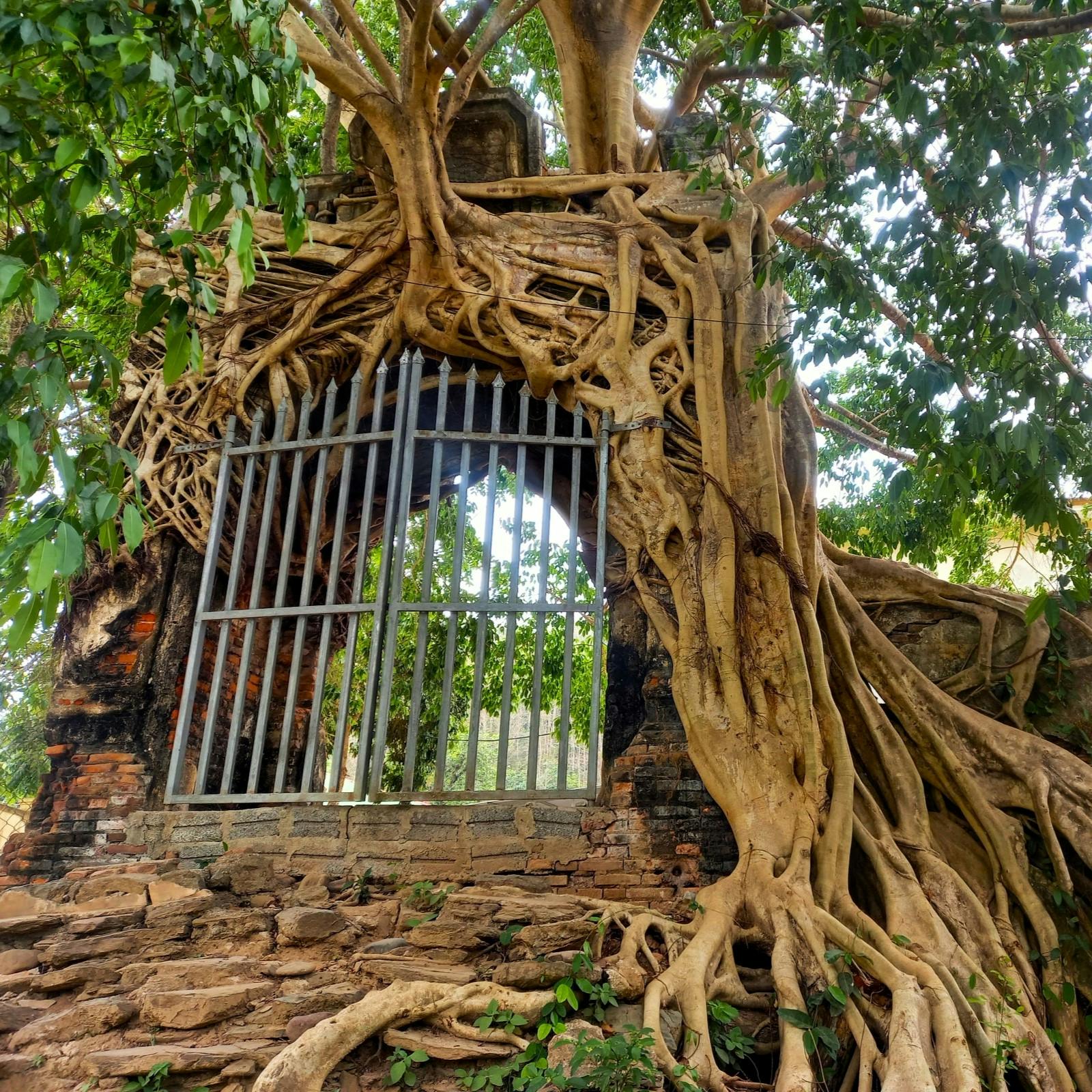
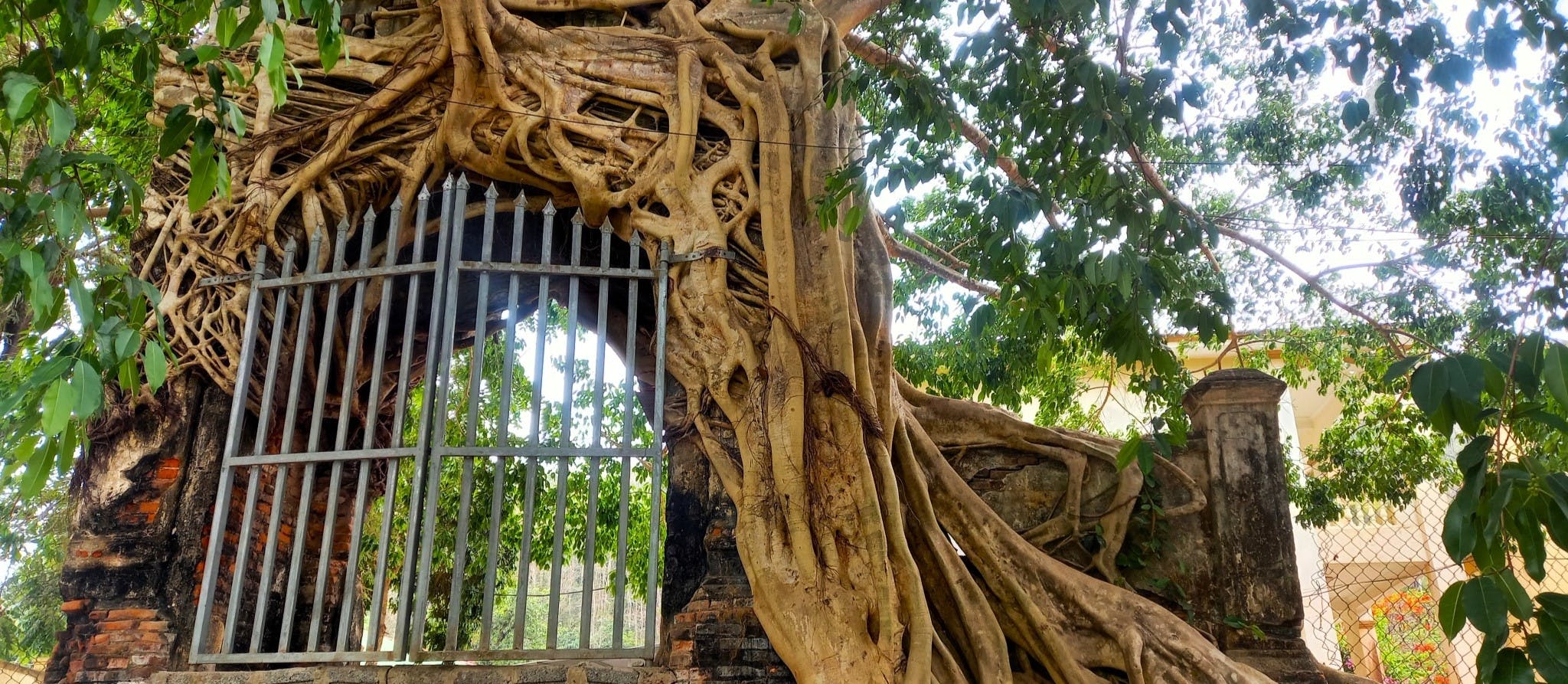
Yen Hoa tower & Phu Tuong gate ! Far freaking out ! I’ve been to every Cham monument in the country, but these two are my new ambitions. Thanks, Tom baby. What a revelation ! Oh, yeah.
Hi James,
Thanks. I hope you get a chance to visit these two sites. Also, perhaps one Cham site you haven’t been to could be the boulder-top tower of Hòn Chuông which stands at the top of a mountain north of Quy Nhon: this one.
Best,
Tom